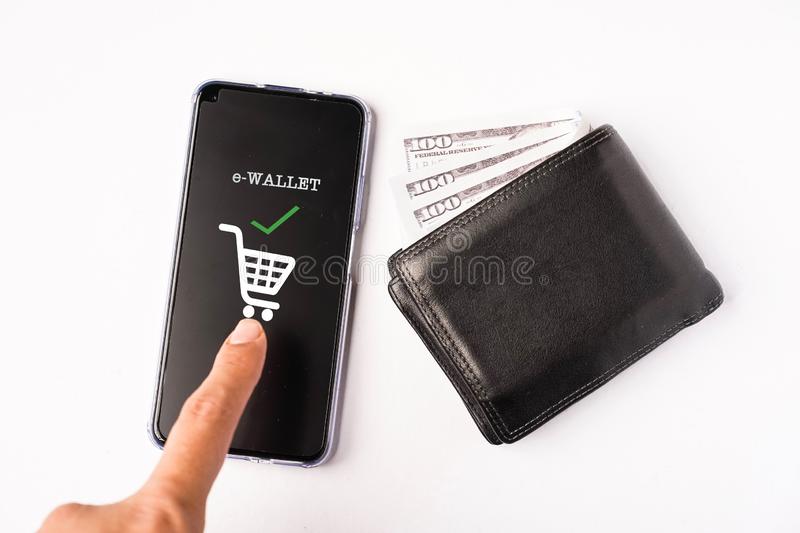World is gradually moving towards a cashless society. From cash we moved to cards and now we are at digital wallets and payment apps. With few taps on mobile screens, we can not only send and receive money but also pay our bills and buy anything, without even stepping out of our home with Mobile Wallets.
This is especially true when you look at India and how mobile wallets have transformed the country in such a short time. We can see how fintech companies are vying for business in India by providing more and more features in their apps. Here is an overview of what Mobile wallets are, how they work and some prime examples in India.
What is a Mobile Wallet?
A mobile wallet essentially operates the same way a bank account or a debit/credit card does. It allows users to make payments through secure and easy methods and keeps a record of it. Being online and digital, it is considerably faster and more reliable than physical means of payment.
In India it has seen considerable success due to the government’s decision to demonetize in an effort to tackle corruption. This resulted in many bills becoming obsolete in a short span of time and to counter the need for cash, mobile wallets were adopted more and more to keep the economy going.
How Does A Mobile Wallet Work?
You need a smartphone to download the app for the mobile wallet. Once done you can either link your credit/debit card or bank account to the app to transfer money or add money to the app by other means, which can vary from app to app.
When you want to make a payment, you can either:
If you want to make a payment or buy something you can either:
- Select from one of many features on the app screen and virtually check out
- Or tap your phone to the digital payment reader at the merchant. The app will use the built in NFC feature in the phone to make the payment.
Are Mobile Wallets Secure?
People are often concerned with their phone getting stolen or lost. To counter this, most mobile wallets have two-factor authentication, which will require either a retina scan or fingerprint before making a payment.
Most apps require some kind of passcode to open them and whenever a payment is made, a notification is sent via email or message to confirm that it is the user who is making the payment.
Prime examples of Mobile Wallets operating in India
Paytm
Operating since 2010 Paytm is one of the oldest and largest commerce platforms in India. It allows its users the option to send, receive and store money. Almost every merchant in India allows its customers to make payment through Paytm and it seems to be the preferred form of donation by many online content creators.
Google Pay
Of all the outside tech giants operating in India, Google Pay has had the most success. It was previously known as Tez but was changed later. It works perfectly with Indian bank accounts and makes for an excellent method to make payments both inside and outside India.
Mobikwik
Launched in 2009 Mobikwik is an excellent way for Indians to send and receive money as well as pay their bills. In addition to adding money through cards or net banking, users can also add money through doorstep cash service. It also has an expense tracker to analyse and control users budget.
SpayIndia
Relatively new compared to other mobile wallets, Spay India was launched in 2018. But since its launch it has made quite a mark on Indians. It has especially focused on low income and underserved sections of the society by providing them with a simple and easy way to make payments, paying their bills etc. Whether it’s buying a movie ticket to train ticket and making an insurance payment or Aadhar payment, customers can do it all thanks to it.






